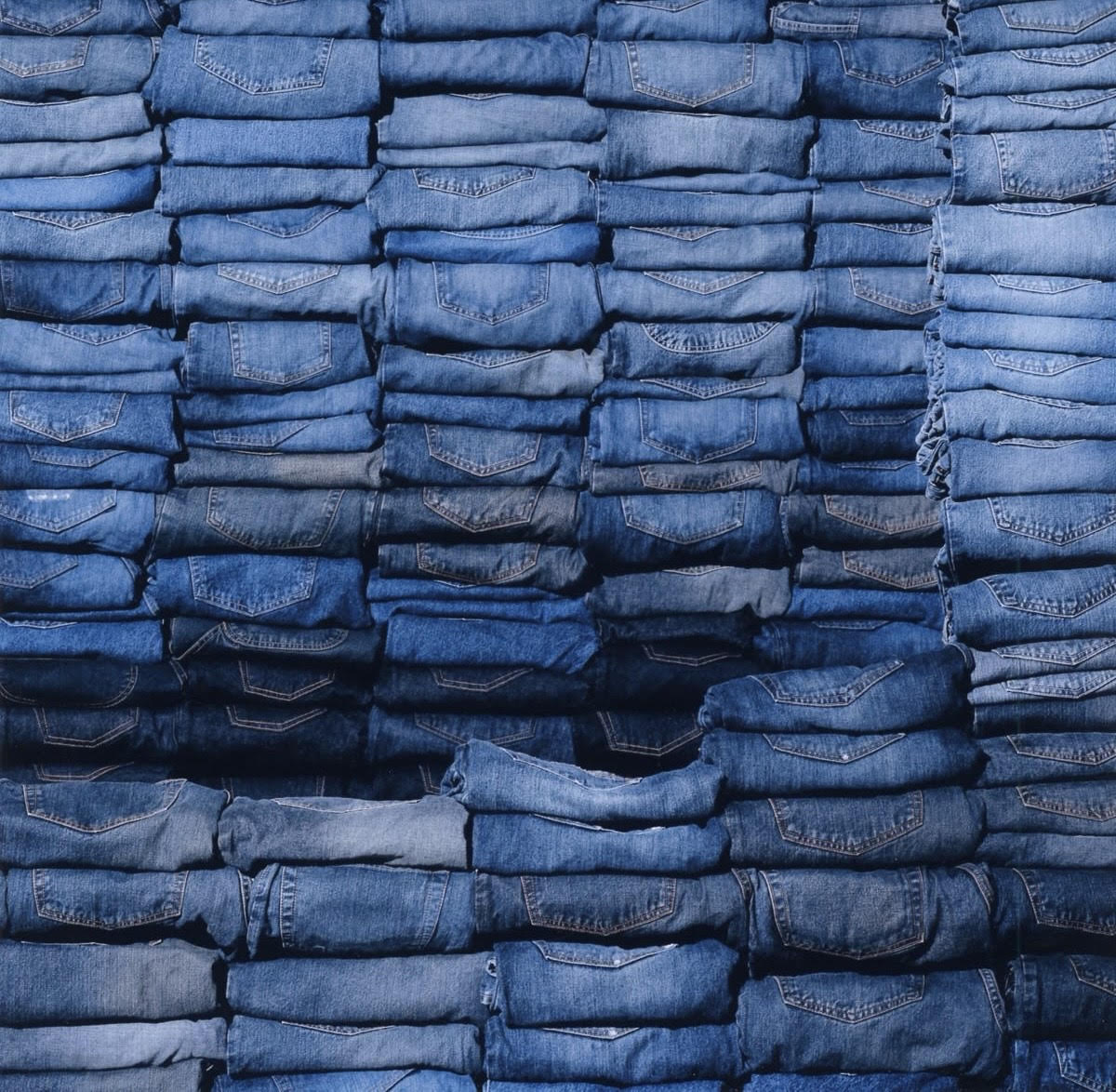Denim Moves in All Directions
For years, denim cycled through eras of domination. The skinny reigned in the 2010s, only to be dismissed by Gen-Z's oversized rebellion. But lately, the conversation has changed. There is no single silhouette leading the charge, and that may be denim's most defining trend yet. Through it all the one thing that hasn't changed is the necessity of careful and skilled production.
Not Just One Shape
The rise of "denim diversity" reflects a broader cultural shift. From Levi's to Miu Miu, brands are embracing range over rigidity. Skinny jeans, once social media scapegoats, are quietly re-entering the fold, with influencers and runways offering a more balanced view.
Style Rotation
Unlike previous decades where one fit defined an era, today's consumer moves fluidly between styles. A bootcut for the office. A barrel for dinner. Baggy for the weekend. It's a functional mix-and-match mindset, made possible by innovations in stretch and fabrication.
Small Drops, Big Signals
To stay nimble, some premium labels are testing new shapes through micro-releases online and with retail partners. It’s an intentional way to meet demand without flooding the market.
What’s Trending Now
Bootcut styles are breaking out, buoyed by cultural moments like Kendrick Lamar’s Super Bowl fit. Baggy shapes are becoming more refined, while barrel jeans are hitting a mainstream stride. Lower rises are also reappearing, paired with straighter legs and more tailored tops.
Why Process Shapes the Product
As trend cycles accelerate, the ability to translate a silhouette into a finished product has never been more critical. Design is only one part of the equation. The production process is where intention becomes visible.
At Form Department, we see denim not only as a product of style evolution, but of process. All denim begins in its raw form and must be manipulated through various treatments to achieve the final look seen in market-ready garments.
A foundational part of denim development involves understanding the different types of denim fabrics and the wide range of washes—from enzyme to acid, vintage to stone—that can dramatically change both texture and color. We begin by testing denim through a method known as “legs.” This involves cutting and sewing a single pant leg and applying a specific wash treatment to it. This test run is critical in visualizing how a full garment will react to a particular wash before moving into full production.
It’s common to go through multiple wash samples before locking in the final outcome. Each sample helps refine the technique and ensure the result meets the design vision, color targets, and fabric integrity. Investing in this development process ensures that the final product not only looks intentional and elevated, but also meets quality standards for consistency and longevity.
Value Over Volume
Denim’s versatility makes it a smart buy in cautious times. Shoppers are choosing fewer, better pairs—styles that flex across settings and offer high rotation potential. The result is a recalibration of value, with quality and adaptability top of mind.
Our Take: Denim is the Process
At Form Department, we believe denim’s new era isn’t just about silhouettes—it’s about process. Behind every shape is a series of thoughtful decisions: fabric choice, wash testing, and refinement through sampling. This isn’t fast fashion. It’s deliberate development.
As brands navigate broader style preferences and faster shifts in trend, the most resonant collections will be the ones grounded in process and purpose. Whether you're building with skinny or barrel, raw or washed, start with intention—and test until it's right.
Need help navigating your next launch? Let's talk about how to build a collection that evolves with your customer.






